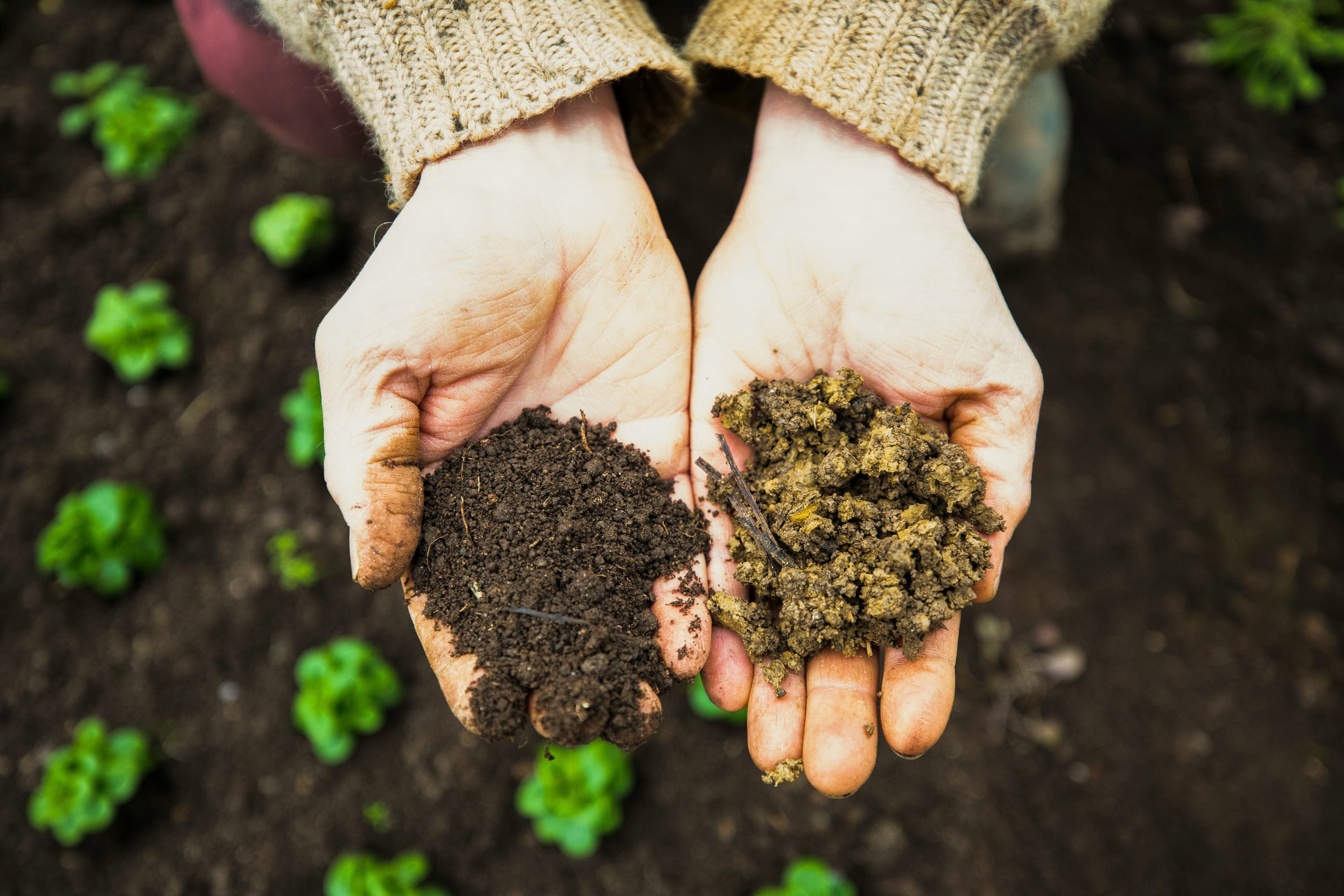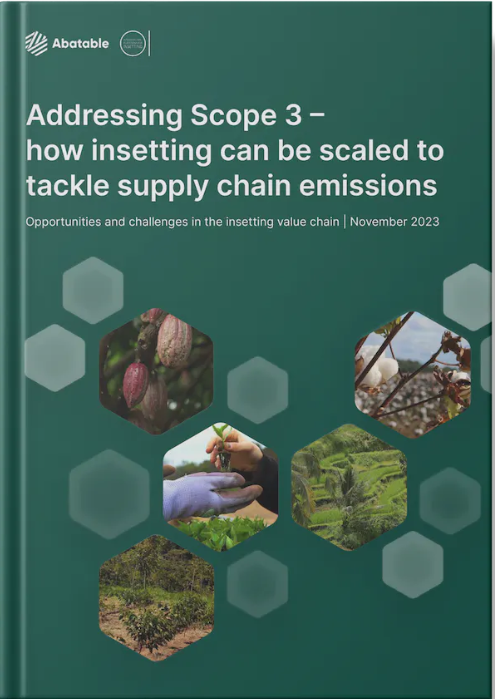
Do soil carbon-sucking projects deserve the credit they get?
A story over the holiday period that caught our eye in New Zealand publication Stuff was one discussing carbon dioxide (carbon) storage in soil. The article highlighted Australian agricultural start up Loam Bio that produces a fungal and bacterial seed coating which boosts plants' ability to absorb carbon into the soil. The company has raised more than A$100m (US$75m) from investors and last week launched a product offering the USA.
Boosting soil carbon is good for crop productivity. It is also good for reducing greenhouse gas emissions (GHG). A 1% gain in soil organic carbon represents 133 tons of CO2e emissions per hectare. It also aids drought resilience. Humus, the dark, organic material that forms in soil when plant and animal matter decays, holds 7 times its weight in water. For every 1% gain in soil organic carbon, soils can hold an extra 144,000 litres of water. Higher soil organic matter improves the physical structure of the soil reducing erosion, improving the habitat for microbiota (bacteria, fungus etc) and as a source of carbon, improves the nutrients in the soil which can also enhance soil biodiversity too.
Indeed producing healthy soil is a focus of regenerative agriculture.
Focusing on one of the benefits above, 'reducing GHG emissions', the article highlights that farmers in Australia could be eligible for carbon credits if their soil is absorbing and storing enough carbon. Australian Carbon Credit Units currently trade at A$33.75 per tonne of CO2e and in 2021 even Rupert Murdoch got in on the act with his Cavan Station wool property signing a A$500,000 deal to sell carbon credits to Microsoft (albeit that later analysis should the claimed increases in soil carbon to be far too optimistic)
But the potential for getting paid for looking after the soil, which a farmer would be doing anyway, suggests this is a win-win right? Of course it is a bit more complicated than that.
There are different forms of soil carbon and there is a trade off between the impacts on fertility (remember the crop productivity benefits we mentioned earlier?) and permanence.
Particulate organic carbon (POC) from fresh residues and living organisms stores carbon for 1-5 years (often referred to as 'labile'), whilst humus organic carbon (HOC) is stored for 20 to 40 years. Recalcitrant organic carbon (biochar, charcoal etc) is typically stored for 500-1,000 years.
Soil carbon markets focus on 'permanence' (25 to 100 years) but short term carbon (POC and HOC) offers the greatest fertility benefits.
Work from the University of Tasmania and the University of Melbourne found that the productivity benefits of improved soil organic carbon could be worth more than carbon income by a factor of up to 10x.
You can dive in further with this video from Matthew Harrison, Director of the Carbon Storage Partnership and Associate Professor from the University of Tasmania👇🏾
Carbon credits and offsetting is something we have written about in various forms previously. Organisations can reduce their net GHGs to zero ('net zero') by either making changes to their businesses that mean they produce no net emissions themselves or they can offset any net emissions they have to some degree by purchasing carbon offsets. Carbon offsets are programmes where GHGs are removed to compensate for emissions made elsewhere.
They can be very effective in providing funding for projects that are removing GHGs but an important aspect is how 'additional' those projects are and how permanent the removal is.
Additionality requires us to look beyond the business in isolation. Really the question that needs to be asked is whether "what I am doing is making the world as a whole a better place or not?" - We touch on that in this blog about the risk of inadvertent greenwashing 👇🏾

Stakeholders are increasingly considering the business as part of the broader ecosystem and are less inclined to absolve a business for 'sins of the connected.' Disclosure requirements are tending to hold businesses accountable not just for directly created emissions from their own activities including purchased energy (Scopes 1 and 2 emissions) but also those of their supply chain or Scope 3.
Scope 3 emissions, vary by sector but frequently account for over 70% of a company’s total carbon footprint. That's where 'insetting' comes in. In this case, a business works with its suppliers to enable them to implement projects that reduce emissions directly within their supply chain. There can also be positive impacts for communities and ecosystems in locations through the chain. You can read more in this blog were we discuss a joint report from Leading carbon intelligence and procurement platform, Abatable along with the International Platform for Insetting (IPI) 👇🏾

We shall be looking at soil in more detail in a future Deep Dive.
This article featured in What Caught Our Eye, a weekly email featuring stories we found particularly interesting during the week and why. We also give our lateral thought on each one. What Caught our Eye is available to read in full by members.
If you are not a member yet, you can read What Caught Our Eye when it comes out direct in your email inbox plus all of our blogs in full...


Please read: important legal stuff.


